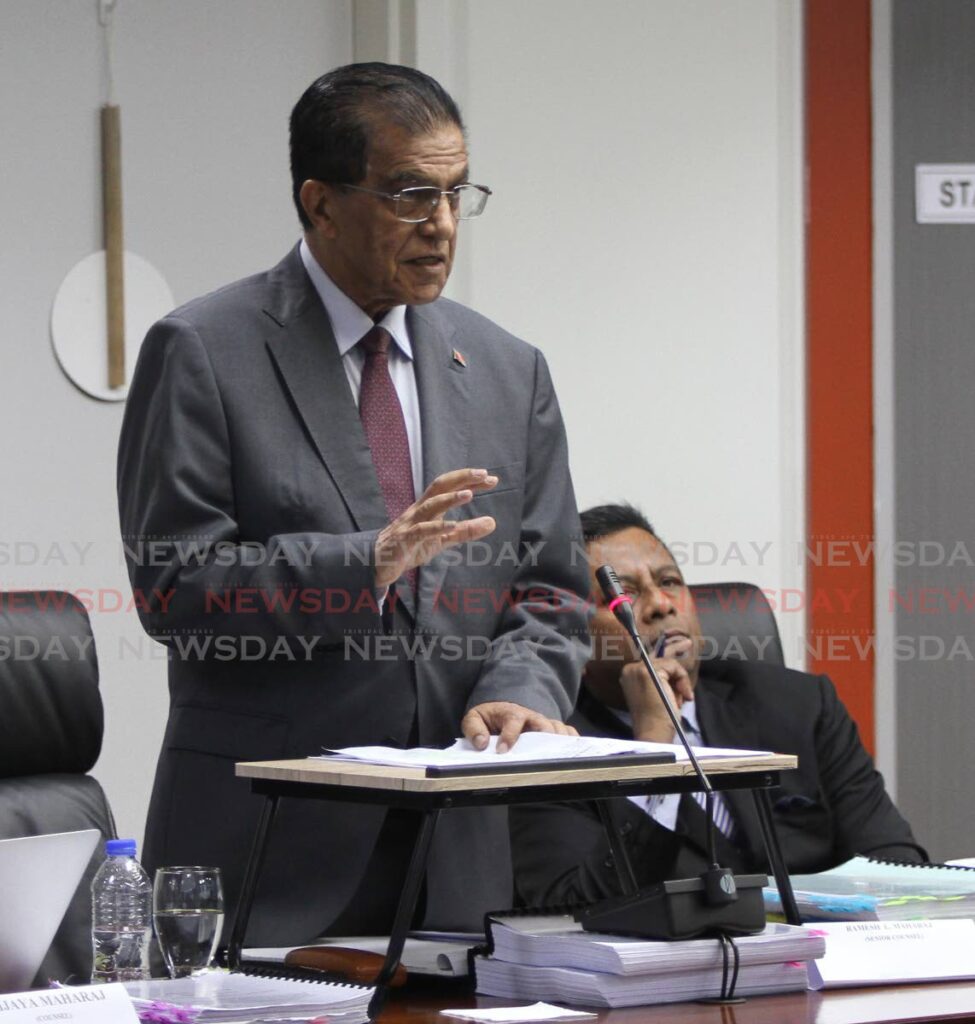Paria manager: Wrong timing caused incident

Paria's manager Mushtaq Mohammed said he was disappointed that the discrepancy between Paria’s permit to work system and LMCS’s method statement was not picked up on during contract negotiations, as the mitigation barriers were removed in the wrong order, leading to a Delta P incident.
Speaking during the afternoon session of the Commission of Enquiry into the tragic incident on February 25, 2022, at Paria Berth 5, which led to the deaths of four divers, he said that the removal of the mitigation barriers was not supposed to take place until the job was done and the hyperbaric chamber had been removed.
He said Paria’s permit to work system did not definitely state that the work was to take place in this order.
“In my understanding of reading the document, the migration barrier was to stay in place until the job was done. Once workers were present in the hyperbaric chamber, the migration barrier was present for three reasons: to prevent gas from fuel or potential harmful gases getting into the chamber; two, to prevent sparks from getting into the pipeline so that when welding and hot work are taking place; and three, to prevent people from tripping and falling into that 30-inch space. It is industry practice to not leave an open space for tools and people to fall into.”
He said based on the permit to work, the plugs were to remain in place until the chamber was removed, as then the potential for gas getting into the chamber and affecting people goes away.
“The chamber must come off first because of the gas hazard, not because of a potential Delta P. Based on the permit, the men were to be removed, the chamber depressurised, and then the migration barriers removed. The job was done in the wrong order and this created the incident.”
Mohammed said there was value in comparing the sequence of work carried out in a similar job in 2020 with the 2022 one to determine what occurred differently.
CoE Chair Jerome Lynch KC said during contract negotiations, there was a back and forth between Paria and LMCS as to who was responsible for which aspects of the job. He questioned why the discrepancy between the two documents had not been picked up during this process. He noted there was no document in any of the bundles received by the commission which stated the work should be carried out in a particular order.
Mohammed said the method statement was not cast in stone.
“In a production facility, there are barriers of various types in place to prevent incidents like this and I would have been expected that it would have been picked up. I didn’t see any document that points to when the mitigation barrier should be removed and nothing that says not to remove it. I’m disappointed that this didn’t occur.”
LMCS attorney Kamini Persad-Maharaj said in the 2020 job, a project engineer was utilised to ensure that there was accord between the contractor’s roles and responsibilities and those of Paria. While he said he could not remember if this was done, he agreed that the measure would have been a useful one in this project in order to catch the discrepancy.


Comments
"Paria manager: Wrong timing caused incident"